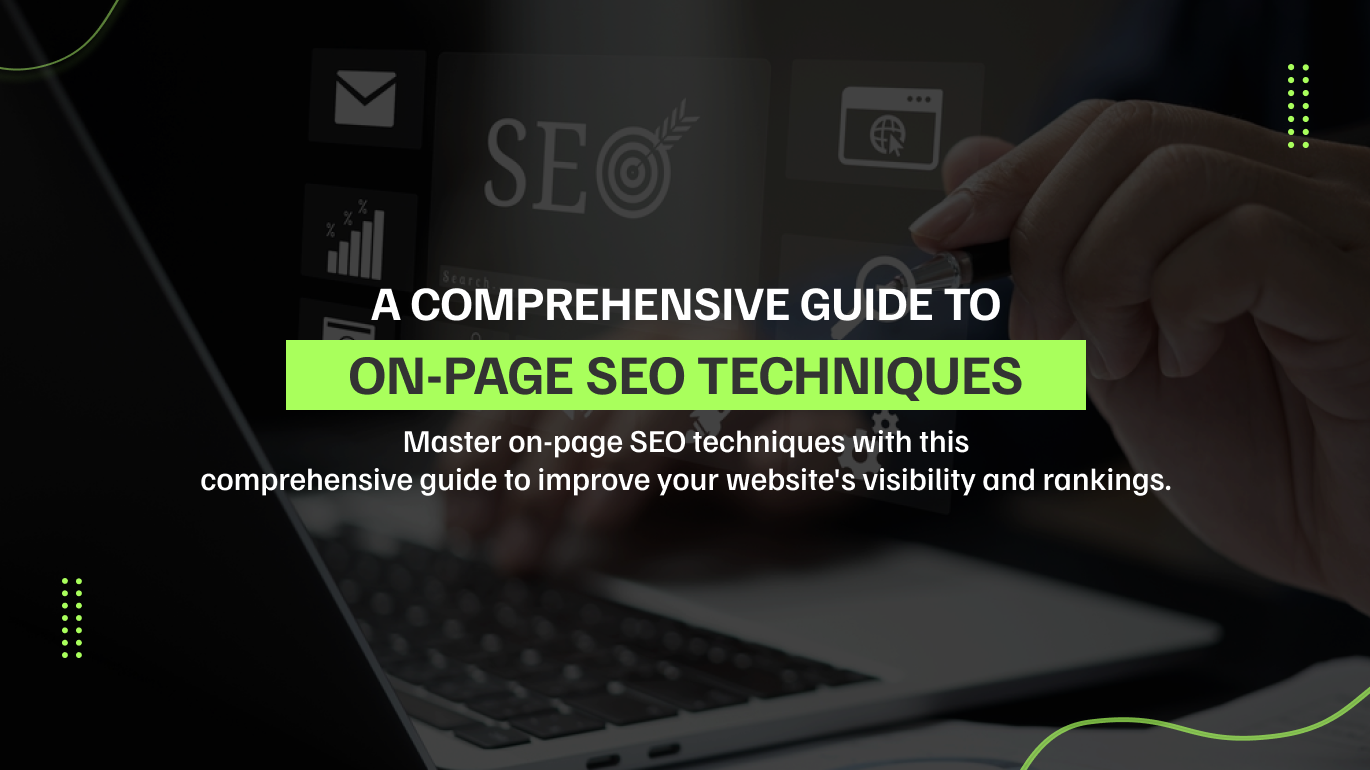Introduction:
In today’s advanced age, the importance of Client Interface (UI) and Client Encounter (UX) plans in web advancement cannot be exaggerated. These components are essential to making websites that are not as outwardly engaging but moreover useful, available, and user-friendly. With the quick advancement and the expanding dependence on computerized stages, UI/UX plan has been raised up as a basic component within the web improvement handle. This web journal will dive into the importance of UI/UX plan, investigating how it impacts client behavior, upgrades brand discernment, and drives commerce victory.
Understanding UI and UX Plan:
What is a UI Plan?
Client Interface (UI) plan centers on the visual viewpoints of a website and the see and feel of the location. It includes the creation of a format, buttons, symbols, and other visual components that clients are associated with. The objective of the UI plan is to make an stylishly satisfying interface that’s steady and simple to explore.
What is UX Plan?
Client Encounter (UX) plan, on the other hand, is almost the overall experience a client has whereas collaboration with a website . It includes all angles of the end-user’s interaction with the company, its administrations, and its items. UX plan points to form the user’s travel through the site as smooth and agreeable as conceivable, guaranteeing that the location meets their needs effectively and successfully.
The relationship between user interface (UI) and user experience (UX):
UI and UX are different but connected. A website that looks nice is not helpful if it is hard for people to use. On the other hand, a website that works well but is hard to use or doesn’t look nice won’t get people’s attention. Creating a good website involves making the design and the user experience work together. This makes the website not only look nice, but also easy and enjoyable to use.
Try it out today!
Let me know what you’re looking for, i’ll build it for you? Click Now to Contact Us our New developers.
Why UI/UX Design is Important for Websites Today?
1. Improving how users get involved
One important aim of UI/UX design is to make sure users are more involved. A good website catches people’s attention and makes them want to look at more things on the site. Easy to find your way around, clear buttons to click on, and pretty pictures all make it enjoyable for people to use a website, keeping them interested and stopping them from leaving.
2. Moving forward Availability
Availability may be a pivotal viewpoint of advanced web plan. UI/UX plan plays a crucial part in guaranteeing that websites are open to all clients, counting those with incapacities. By joining availability highlights such as screen peruser compatibility, console route, and elective content for pictures, creators can make comprehensive websites that give a positive encounter for everybody.
3. Building Brand Dependability
A positive client experience fosters brand devotion. When clients discover an online site simple to utilize and outwardly engaging, they are more likely to return and suggest it to others. Consistent, high-quality UI/UX plan strengthens brand character and builds belief, making a difference to set up long-term connections with clients.
4. Expanding Change Rates
Compelling UI/UX plans straightforwardly impacts change rates. A consistent client encounter guides clients easily through the transformation pipe, from the beginning landing page to the ultimate buy or sign-up. Clear route, deliberately put calls to activity, and a natural checkout prepare are all components of UX plan that can altogether boost transformations.
5. Decreasing Advancement Costs and Time
Contributing in UI/UX plan early within the web development preparation can spare time and cash within the long run. Distinguishing and tending to convenience issues amid the plan stage anticipates expensive overhauls and fixes after the location is propelled. A well-designed UI/UX moreover diminishes the requirement for broad client preparation and back, encouraging bringing down operational costs.
Key Components of Successful UI/UX Plan:
1. Client Investigate
Understanding the target gathering of people is the establishment of a successful UI/UX plan. Client investigation involves gathering information on client inclinations, behaviors, and torment focuses. This will guide the plan preparation, guaranteeing that the ultimate item meets the wants and expectations of the clients.
2. Data Design
Data architecture (IA) involves organizing and organizing substance in an order so that it is simple for clients to discover what they are searching for. A well-organized IA makes a difference when clients explore the site instinctively, decreasing disappointment and progressing the general client involvement.
3. Wireframing and Prototyping
Wireframing and prototyping are basic steps within the plan. Wireframes give a fundamental format of the site, centering on the arrangement of components and by and large structure. Models are more point by point, intuitively forms that permit originators to test and refine the client involvement some time recently the ultimate advancement.
4. Visual Plan
Visual plan envelops the aesthetics of the site, counting color plans, typography, and symbolism. A cohesive visual plan makes a satisfying and proficient appearance, improving the general client involvement and strengthening brand character.
5. Convenience Testing
Ease of use testing includes assessing the site with real users to recognize any ease of use issues. This preparation makes a difference as creators get it how clients are connected with the location and make essential alterations to move forward the client encounter. Standard ease of use testing guarantees that the site remains user-friendly and viable over time.
The Future of UI/UX Plan in Web Improvement:
As innovation proceeds to advance, the field of UI/UX plan is additionally quickly progressing. Rising advances such as manufactured insights (AI), virtual reality (VR), and increased reality (AR) are opening up modern conceivable outcomes for making immersive and personalized client encounters. AI can analyze user behavior and inclinations to supply custom fitted proposals and substance, improving the by and large client encounter. VR and AR can be used intuitively and locks in encounters that go past conventional web plans, advertising clients better approaches associated with computerized substance. In addition, the expanding center on mobile-first plan and responsive plan guarantees that websites are optimized for a wide run of gadgets and screen sizes. As more clients get to websites from versatile gadgets, making consistent and steady encounters over all stages is more imperative than ever.
1. The Rise of Mobile-First Plan
With the expanding utilize of versatile gadgets, mobile-first plan has ended up a pivotal angle of UI/UX. Planning for versatile gadgets to begin with guarantees that the site is responsive and performs well on all screen sizes. This approach prioritizes the versatile client involvement, which is basic in today’s mobile-centric world.
2. Integration of AI and Machine Learning
Manufactured insights (AI) and machine learning are changing UI/UX plans. These innovations empower personalized client encounters by analyzing client information and behavior. AI-powered chatbots, personalized proposals, and versatile interfacing are fair many cases of how AI is improving UI/UX plan.
3. Accentuation on Microinteractions
Microinteractions are little, unpretentious intelligent that upgrade the client involvement. Cases incorporate a button changing color when drifted over, a stacking liveliness, or a notice sound. These little points of interest can make a critical effect on the overall user involvement, making the site more locked in and pleasant to utilize.
4. Center on Passionate Plan
Enthusiastic plan points to form an association between the client and the site. By joining components that evoke positive feelings, such as locks in visuals, relatable substance, and a friendly tone, architects can make a more vital and impactful client involvement.
Conclusion
In conclusion, UI/UX plan plays a vital part in present day web advancement. It upgrades client engagement, makes strides availability, builds brand dependability, increments transformation rates, and decreases improvement costs. By centering on key components such as client investigation, data engineering, wireframing, visual plan, and convenience testing, creators can make successful and user-friendly websites. As innovation proceeds to advance, the integration of mobile-first plan, AI, microinteractions, and passionate plan will advance the long-term shape of UI/UX plan. In today’s advanced age, contributing to a high-quality UI/UX plan isn’t just an alternative but a need for businesses looking to flourish online.






